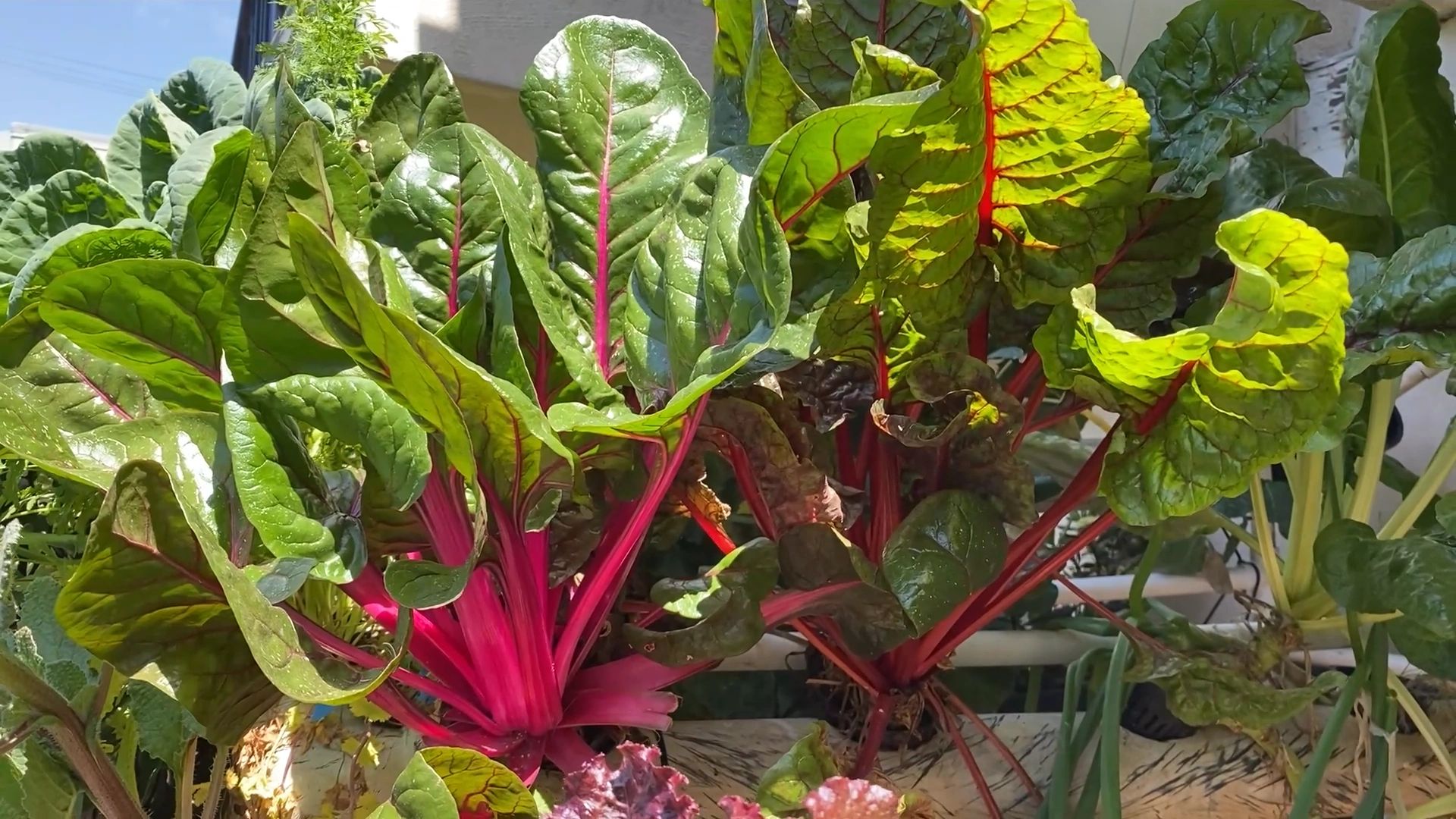

Innovative & Aesthetic Sustainable Urban Micro Farming
Expert Consulting, Design, & Micro Farming Services
Expert Consulting, Design, & Micro Farming Services
Expert Consulting, Design, & Micro Farming Services

Our niche expertise in the world of vertical growing, all current products, local & state rules & regulations brings a unique and unmatched vision to your project & goals.
Commercial Solutions - LEED + WELL standards
Expert Consulting, Design, & Micro Farming Services
Expert Consulting, Design, & Micro Farming Services

Our systems, designs, & services are focused on helping Architect & Design firms, General Contractors, & others achieve their targets of LEED, WELL, & ESG related goals.
Restaurant Same-Day "Harvest to Plate" Services
Expert Consulting, Design, & Micro Farming Services

Whether you want to grow your edible plants on-site or at a nearby location, we can help create a same-day harvest to table program that not only reduces the carbon footprint of your brand, but provides the best tasting & nutrition possible.
Residential Land Tax-Incentives
Modern & Realistic Custom Vertical Grow Systems

We can help you determine if your property(s) are eligible for lucrative tax incentives such as the "UAIZ" in San Diego County that can help you reduce property tax liability significantly while also providing a new income stream.
Modern & Realistic Custom Vertical Grow Systems
Modern & Realistic Custom Vertical Grow Systems
Modern & Realistic Custom Vertical Grow Systems

Custom designed vertical grow towers use food-safe process to replicate realistic wood/bamboo imagery while providing a grow medium that allows the most output-per-foot of length on the market in hydroponics, aquaponics, & compostponics.
About UrbNrootZ
Our Vision
Our vision at UrbNrootZ is to be the leader in developing affordable, sustainable, products & strategies to facilitate the adoption of modern urban micro farming.
Our Expertise
Decades of gardening experience in multiple grow zones, including indoor & outdoor, coupled with a background in accounting & finance in the construction, restaurant, non-profit, private equity, & biophilic design bring a unique & highly specialized focus to our strategy.
Our Approach
We strive to provide the most sustainable & intelligently designed systems that not only meets your budgetary, space constraints, & aesthetic needs but also demonstrates how modern urban sustainable micro farming can enhance architecture while providing a positive return on investment for both clients & community.
History of High-Output Agriculture
The Aztecs developed and refined chinampas—man-made floating gardens—by constructing nutrient-rich islands from lakebed sediment, organic debris, and vegetation, bordered by canals that supplied water and fostered aquatic biodiversity. These islands could produce several crop cycles per year and provided a robust source of fish and waterfowl, enabling impressive output from minimal space and forming the backbone of the vast agricultural capacity of Tenochtitlán. In China, centuries-old methods integrated rice paddies with fish farming and livestock, harnessing the symbiotic relationships among plants, fish, and ducks to cycle nutrients efficiently, minimize waste, and produce abundant harvests from compact, intensively managed wetland landscapes. Each system exemplified the principles central to contemporary aquaponics: recycling water and nutrients to achieve high yields on limited land, and creating biologically rich environments that sustained diverse crops and protein sources.
